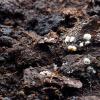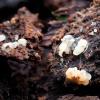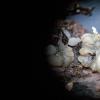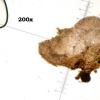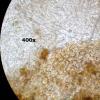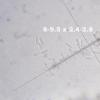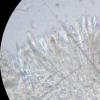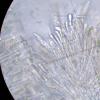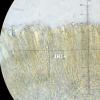
11-06-2020 12:33
 Lothar Krieglsteiner
Lothar Krieglsteiner
... maybe Viburnum lantana (but mixed with many ot

11-06-2020 09:11
Pablo P. DaniëlsBonjour, J'ai besoin d'une photographie de Neonec

02-06-2020 20:56
 Andgelo Mombert
Andgelo Mombert
Bonsoir, Sur branche morte de Ribes petraeum, sur

26-02-2015 19:16
Please, can you help me for to obtain this papaer?

07-06-2020 21:11
Pavol PaloHello friends, may I ask you for help ? I would n
White Ascomycete
Joaquin Martin,
09-06-2020 16:03
The last weekend I found this white Ascomycete on very soaked and degraded quercus's stump.
It's convex, sesil or shortly stipited and particularly gelatinous.
Spore measurements are:
(7.9) 8 - 9.5 (9.8) × (2.4) 2.44 - 2.7 (2.8) µm
Q = (2.9) 2.95 - 3.8 (4.2) ; N = 14
Me = 8.7 × 2.6 µm ; Qe = 3.4
Any help would be good.
Hans-Otto Baral,
09-06-2020 16:22

Re : White Ascomycete
Something like Mollisia uda.
Joaquin Martin,
11-06-2020 12:44
Re : White Ascomycete
Hi,
Ok, it's possible. Mollisia uda
Thanks you Zotto.
Ok, it's possible. Mollisia uda
Thanks you Zotto.
